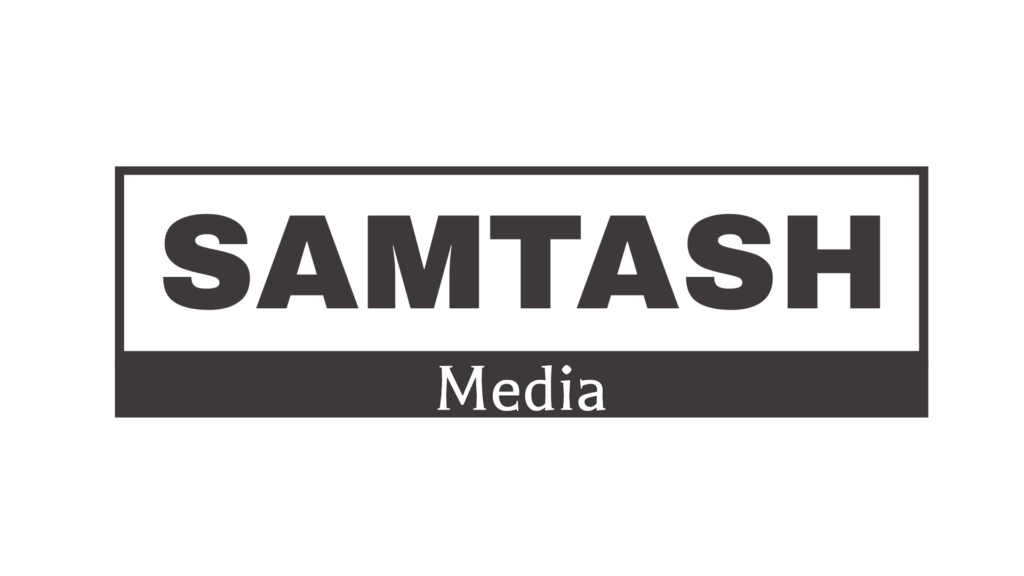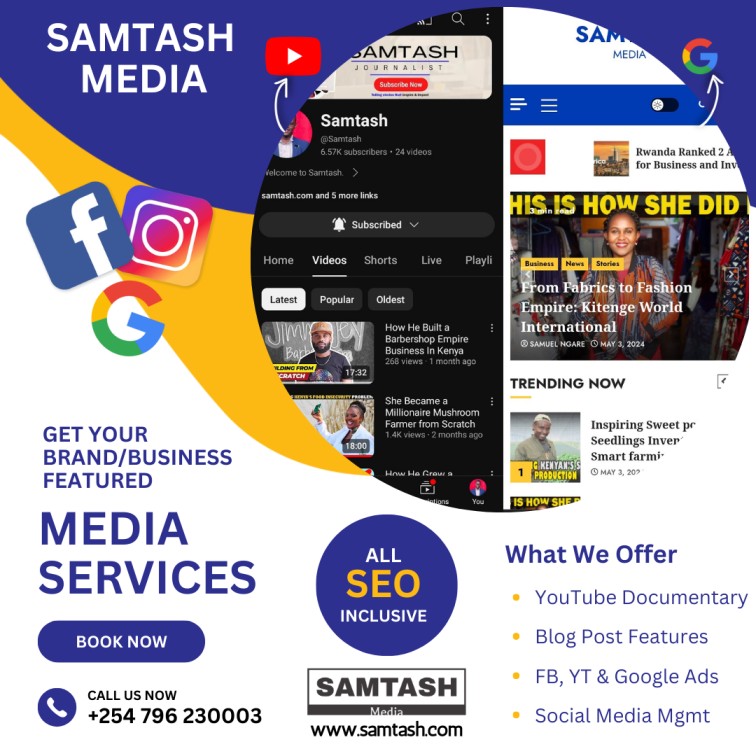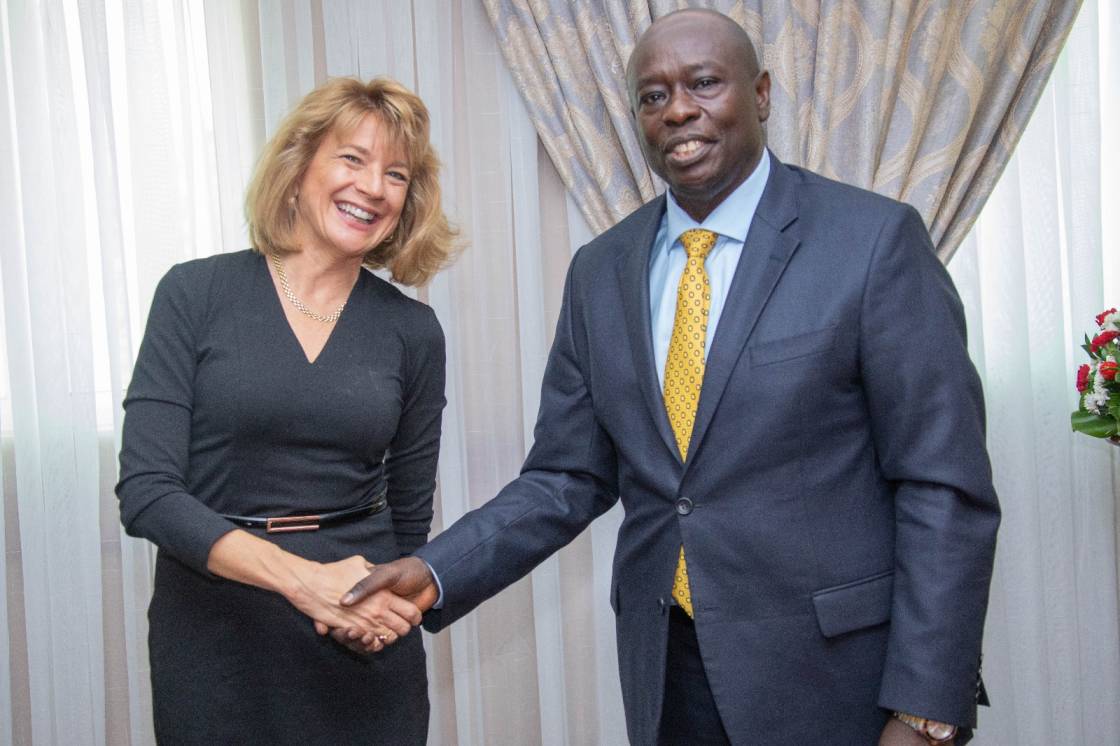Are you looking to get your business, Brand featured or Blog feature? You are in the Right Spot!
In today’s digital age, getting your business featured on websites and prominent media platforms can significantly enhance your visibility, credibility, and reach. Thus, Being featured on media outlets like Samtash Media can help you connect with a broader audience, build brand recognition, and drive business growth. Here’s a comprehensive guide on how to get your business featured on media platforms.
Why Get Featured on Media Platforms?
Being featured on media platforms offers several benefits:
- Increased Visibility: Reach a larger and more diverse audience through established media channels.
- Enhanced Credibility: Being featured by reputable media outlets can improve your brand’s trustworthiness and authority.
- SEO Benefits: Media features can generate backlinks to your website, improving your search engine rankings.
- Audience Engagement: Share your story and engage with potential customers and partners in a meaningful way.
Steps to Get Your Business Featured on Media Platforms
1. Identify Target Media Outlets
Start by identifying media outlets that align with your business’s industry and audience. Moreover, Research blogs, websites, magazines, and news platforms that have previously featured similar businesses. Focus on those with a strong following and good engagement metrics.
2. Develop a Compelling Story
Media outlets are looking for engaging and newsworthy stories. Therefore, Develop a compelling narrative about your business, highlighting unique aspects, recent achievements, or personal entrepreneurial journeys. Hence, Make sure your story is relevant, interesting, and provides value to the audience.
3. Craft a Professional Pitch
A well crafted pitch is crucial for getting media attention. Thus, Your pitch should include:
- Introduction: Briefly introduce yourself and your business.
- Story Summary: Provide a concise summary of your story or news.
- Value Proposition: Explain why your story is newsworthy and relevant to the outlet’s audience.
- Contact Information: Include your contact details for follow-up questions or additional information.
4. Contact Media Outlets
Send your pitch to the identified media outlets. Personalize each email to show that you’ve done your research and understand their audience. In addition, Be concise and professional in your communication. Follow up if you don’t receive a response within a week or two.
5. Provide Supporting Materials
Then, If the media outlet shows interest, provide supporting materials such as high-resolution images, logos, videos, and any additional information that can enhance your story. Therefore, Make it easy for journalists to feature your business by providing well-organized and accessible content.
Options for Sponsored Placements
If you’re looking for guaranteed media coverage, consider exploring sponsored placement options. Because, Sponsored content ensures your story is prominently featured and can provide additional promotional benefits.
Sponsored Placement Options
- Standard Sponsored Article: Typically includes a featured article on the media platform with promotion on their social media channels.
- Premium Sponsored Article: Often includes a featured article, social media promotion, and additional visibility through email newsletters or other channels.
The rates for sponsored placements can vary widely. Thus, Contact the media outlet directly to inquire about their rates and sponsorship packages.
Additional Opportunities for Collaboration
Many media platforms are open to content exchange or cross-promotion arrangements. In addition, These can be mutually beneficial and enhance the reach of your story.
Content Exchange
- Guest Blog Exchange: Feature your article on their blog in exchange for a guest article on your platform.
- Social Media Cross-Promotion: Promote each other’s content on social media platforms to reach a wider audience.
Additional Services to Enhance Your Reach
Consider utilizing additional services offered by media platforms to maximize your exposure and engagement:
- Video Endorsement: Promote your business through video features on their platform.
- Social Media Management: Enhance your online presence with tailored social media strategies.
- SEO and Content Marketing: Improve your search engine rankings and content reach with expert services.
Get Your Story or Business Featured on Samtash Platforms

Boost your visibility, advertise effectively, and rank higher on Google with Samtash. Let your story inspire others and reach a broader audience!
📺 YouTube: Samtash YouTube Channel
📝 Online Blog: www.samtash.com
📞 Call Us: +254 796 230003
Don’t miss out on this opportunity to elevate your presence and connect with more people. Contact us today!
Read more about: Components of a Business Plan in Kenya
Conclusion
Securing a feature on prominent media platforms involves careful planning, crafting compelling narratives, and effective communication. Hence, By following the steps outlined above and leveraging additional services, you can successfully get your business featured and achieve your marketing goals. Therefore, Contact your target media outlets today to start your journey!
For inquiries about rates and services, or to discuss a customized collaboration plan, contact Samtash Media directly at [email protected] or +254 796 230003.












